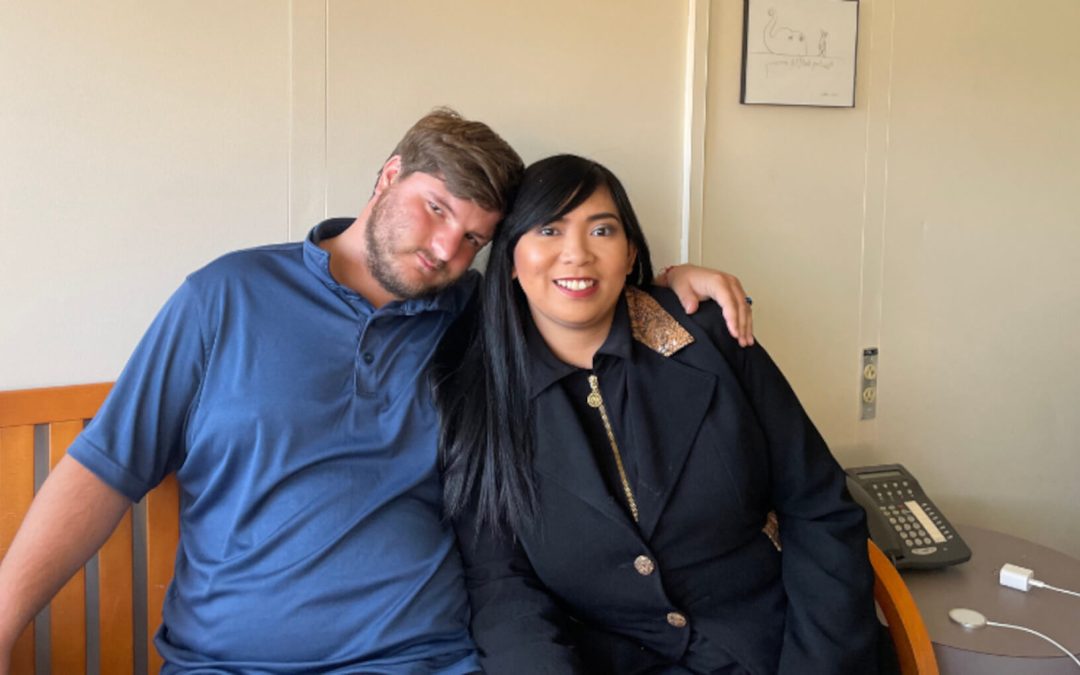Clay Seim shares with Dr. Gwynette his perspective on “non-apparent disabilities” vs. “apparent disabilities” and the effects of the former on work and social relationships, how he uses “masks” and “scripts” to “pass” in social settings, and how struggling with performance at school or life can lead to a self-reinforcing cycle of anxiety & depression.

Episode 51: The Wiggles — A Fan’s Tribute
What’s that about fruit salad? Why is Jeff asleep?


0 Comments